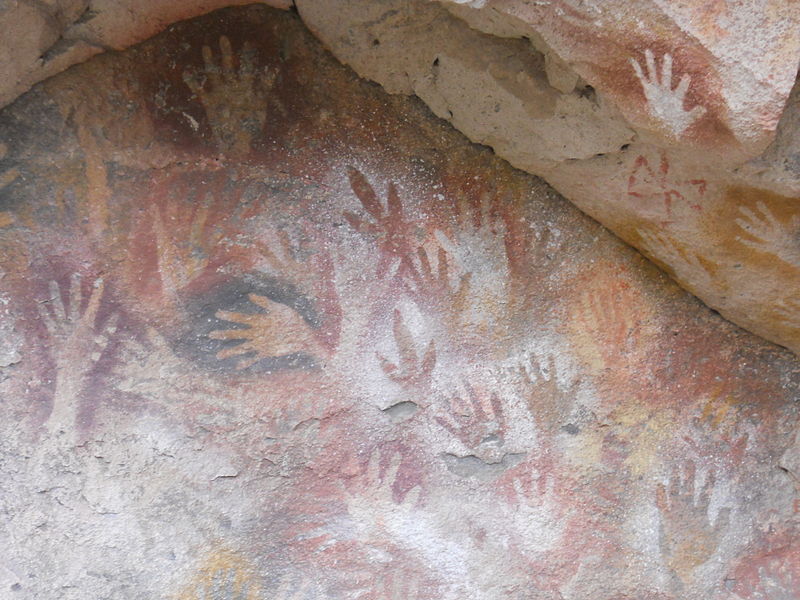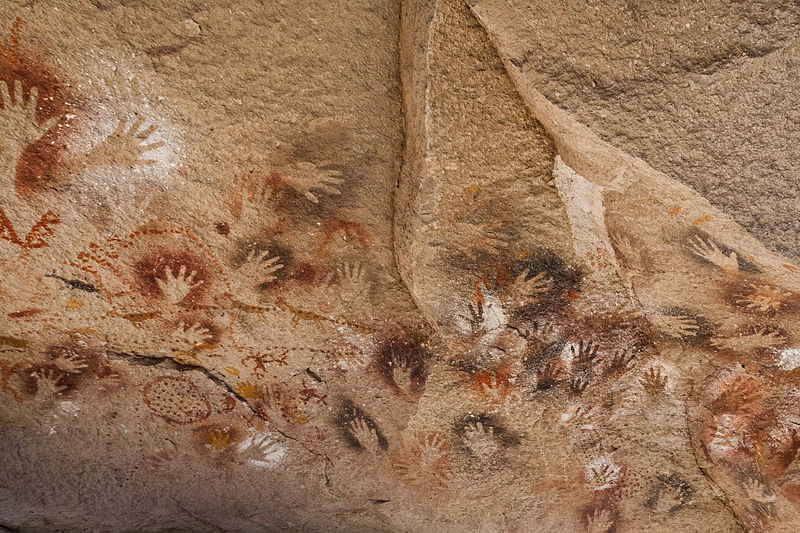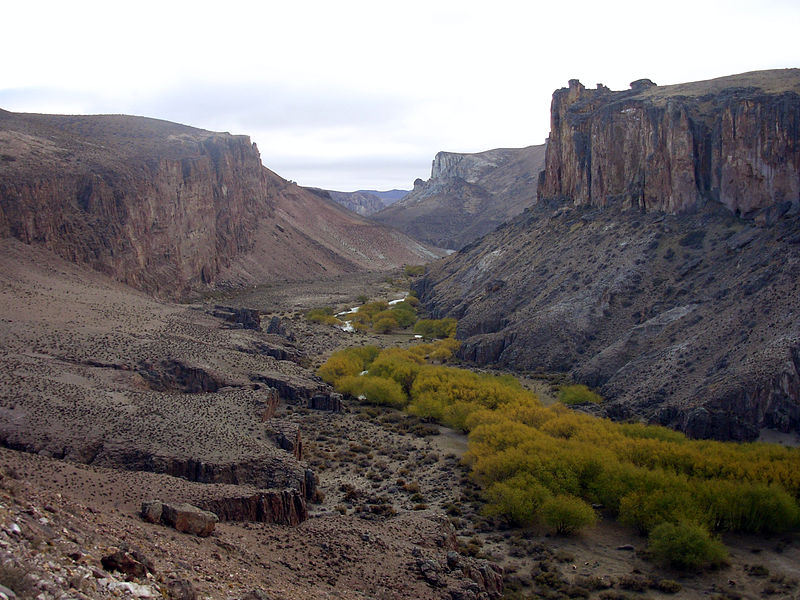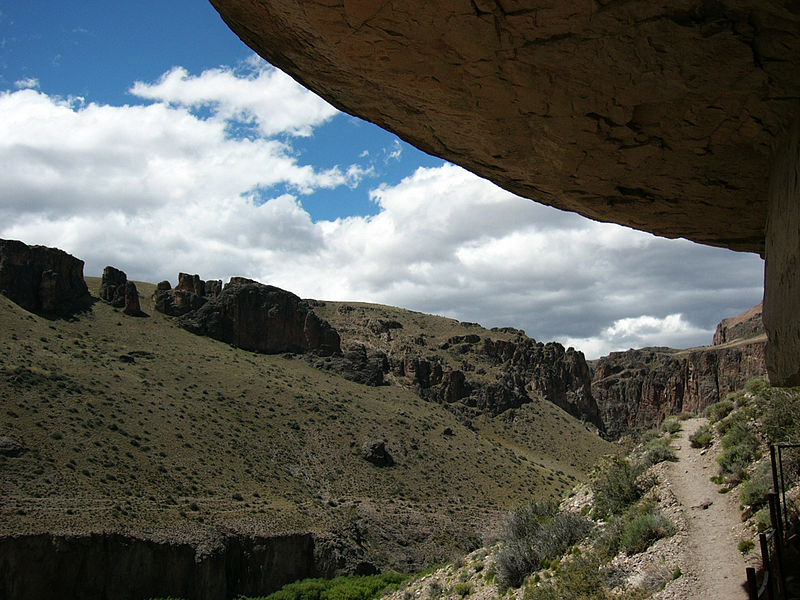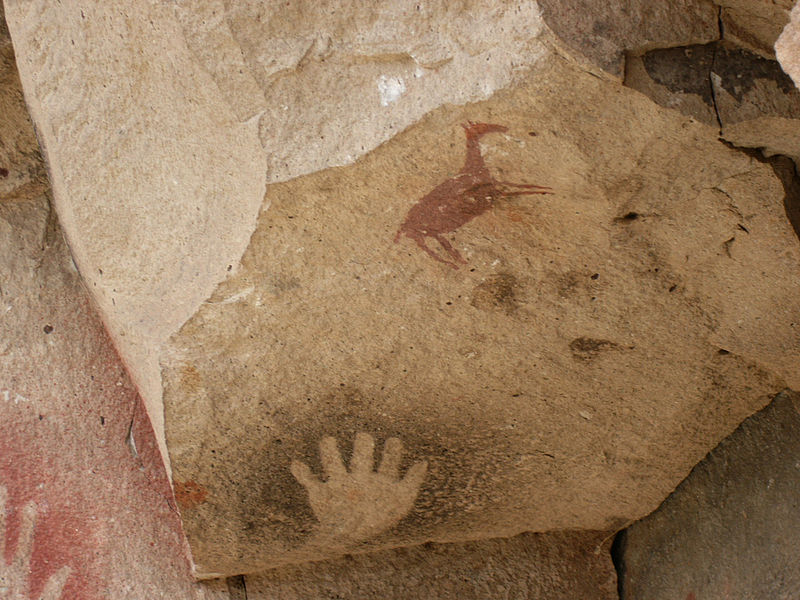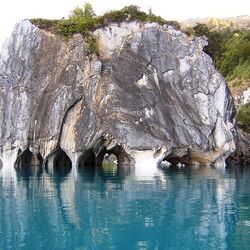Cueva de las Manos
Quite by chance, in 1941, a unique cave was discovered in Argentina, which was named Cueva de las Manos, which in translation sounds like the Cave of the Hands. This find was found by a monk in one of the gorges of the local Pinturas River. At first, he could not even imagine that this area would become the main ancient attraction of Argentina. It's just a surprise in the hands of the country's scientists.
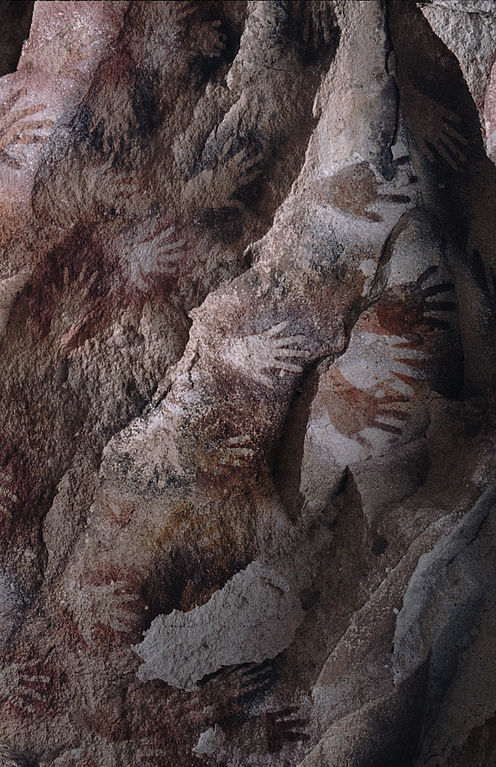
The cave of the hands is very attractive not only to curious researchers. These ancient wall paintings belong to the period from 7000 to 1000 BC. There is usually a division into three phases, both in style and time of origin.
For scientists of this time, the meaning of the numerous hands on the cave walls remains a mystery. No one even has any options as to why the ancient people left exactly 829 prints of their upper limbs here, among which only 36 belong to the right ones. A little later, around the second period of settlement of the local area, the rock walls were also decorated with various hunting scenes. The third phase also contributed to this mysterious exhibition by painting the stone base with hieroglyphs similar to those used by the ancient South Americans.
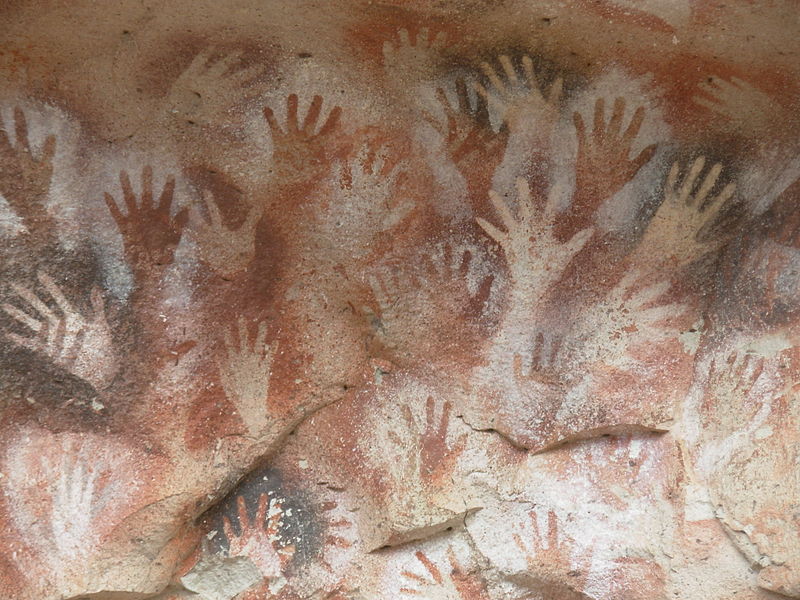
There is an opinion that individual storylines belong to people who lived here with a time interval of 1000 years, and each new tribe brought something of its own here. These prehistoric settlements, thanks to their unique cultural elements, have transformed the Cueva de las Manos cave into an amazing area that tourists from all over the world enjoy visiting.
The route to Cueva de las Manos Cave is quite difficult, as it goes about 90 km away from the highway. However, it is easy to get to it if you use a rented car that will take you directly to the entrance of the cave via a private underground road, for which you will need to pay.
If desired, you can take an hour-long walk around the cave to admire the local scenery, including magnificent gorges, rivers and valleys.
Since 1999, the Cave of the Hands in Argentina has been on the UNESCO list, which it highly deserves.
